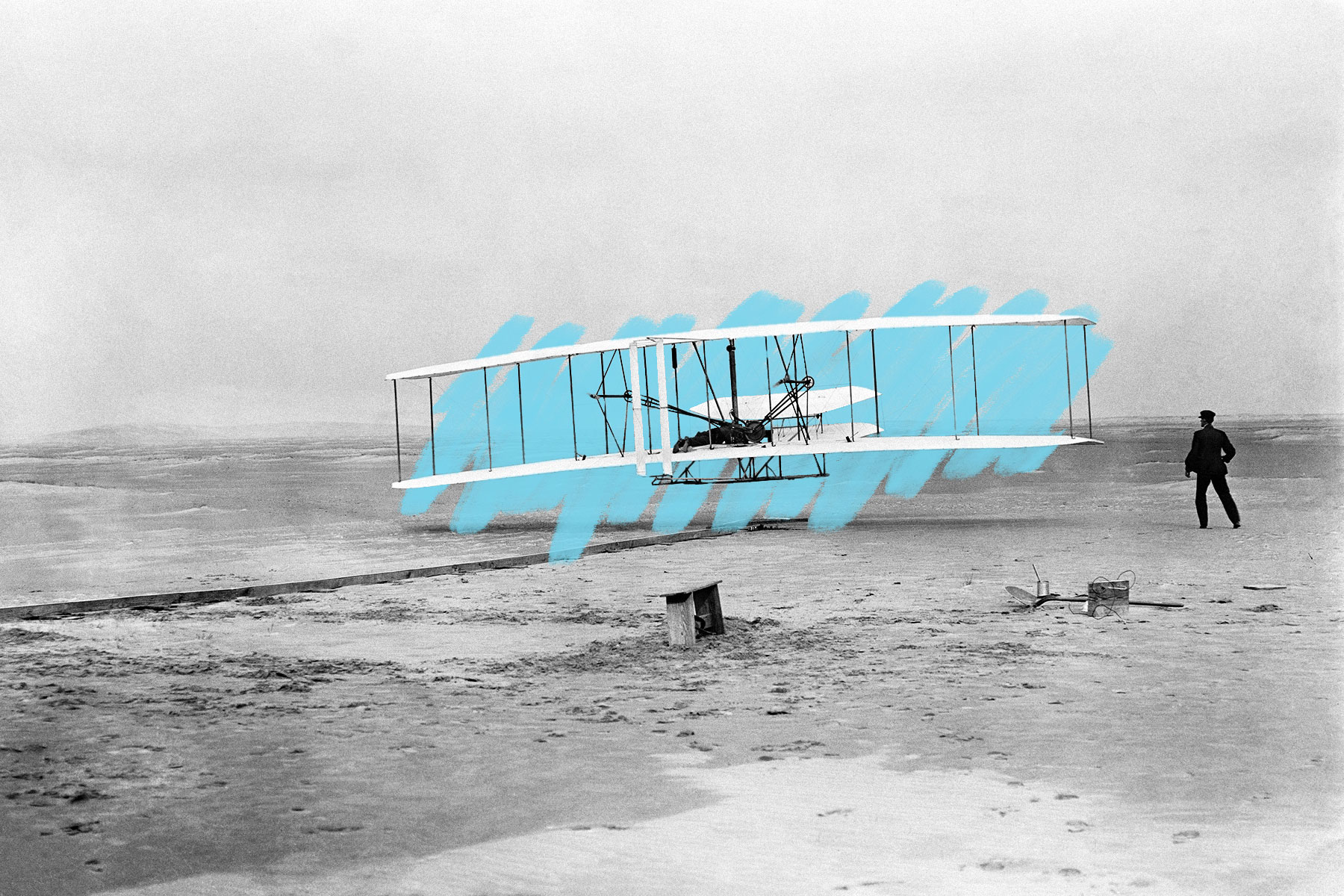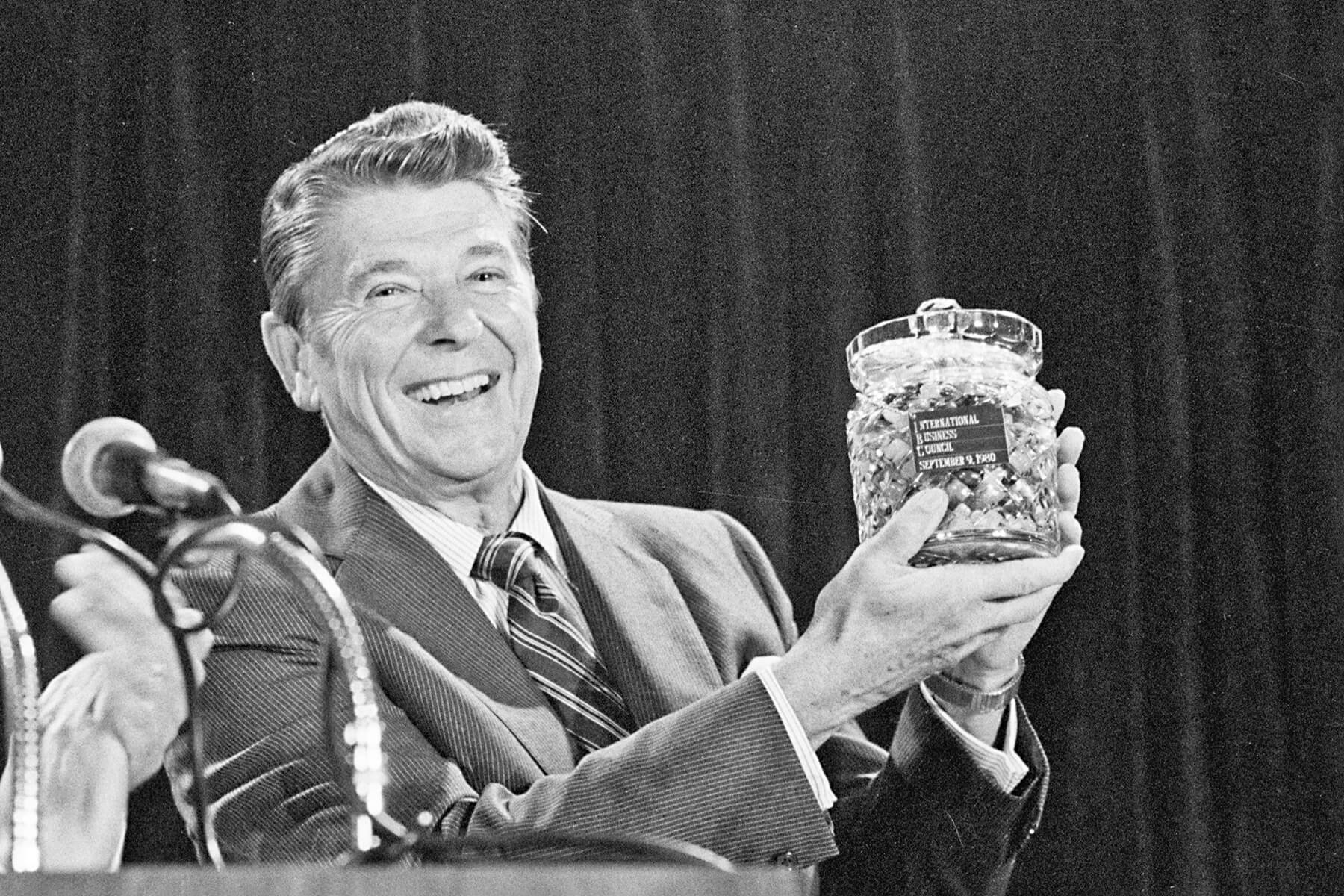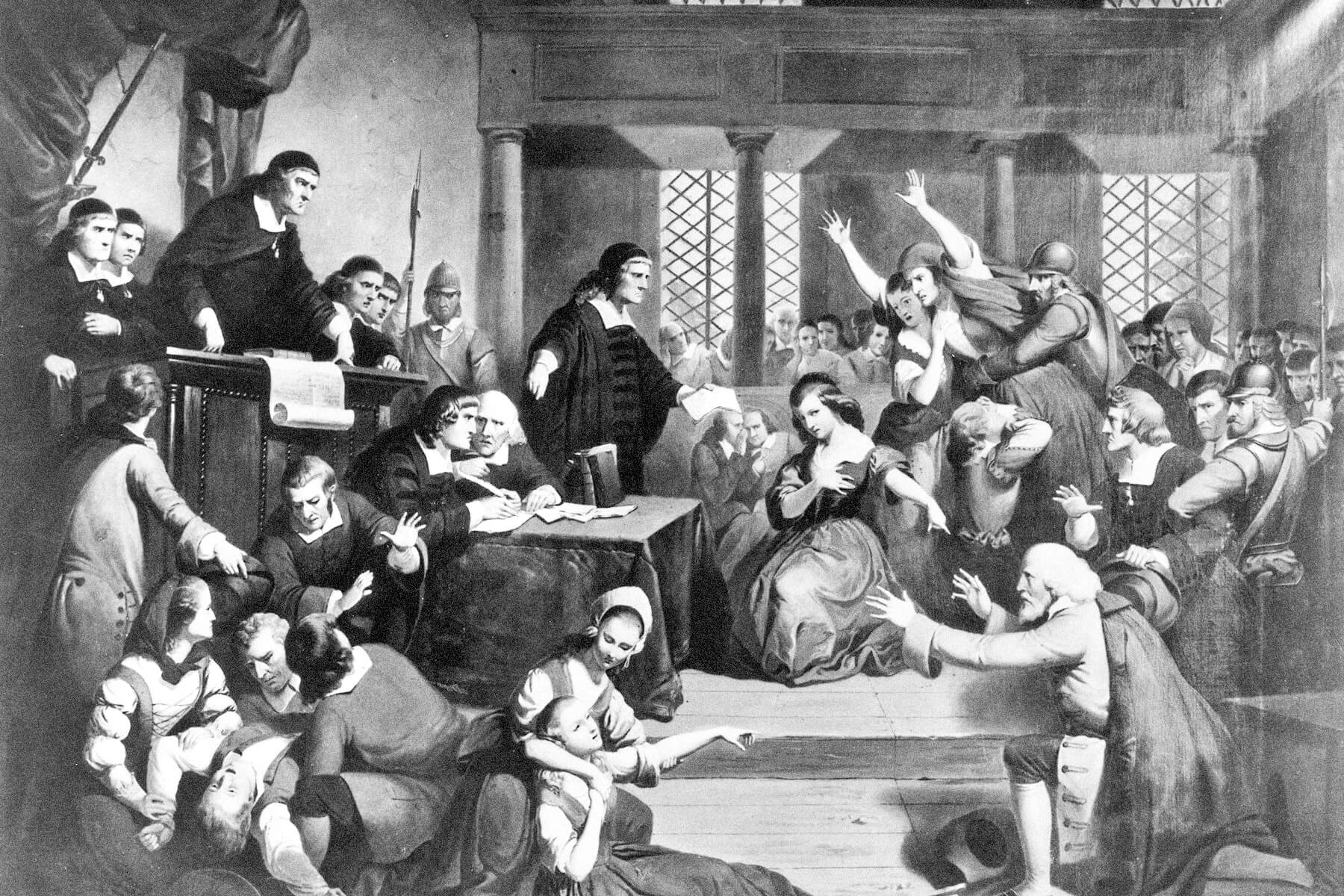On December 17, 1903, at Kitty Hawk, North Carolina, aviators Orville and Wilbur Wright achieved the world's first motor-powered airplane flight. |
| |
| |
|
 |
|
| O n December 17, 1903, at Kitty Hawk, North Carolina, aviators Orville and Wilbur Wright achieved the world's first motor-powered airplane flight. On that historic flight, the Wright brothers' aircraft, the Wright Flyer, reached an altitude of just 8 feet and traveled a distance of 120 feet. Little did anyone know that just 66 years later, parts of that very same plane would travel much higher and much farther — all the way to the moon. |
|
|
| When astronaut Neil Armstrong became the first person to walk on the moon on July 20, 1969, he brought with him two fragments from the original Wright Flyer: a 1.25-square-inch piece of muslin fabric cut from the aircraft's left wing, and a piece of spruce wood taken from the left propeller. Armstrong carried the pieces inside his "personal preference kit," a small bag of personal items that each of the Apollo 11 astronauts was allowed to bring with them into the lunar module for their journey. But Armstrong wasn't content to simply treat the Wright Flyer artifacts as carry-on luggage — he placed the fabric and wood inside a pocket of his space suit and walked with them on the lunar surface. In this way, Armstrong was able to pay tribute to the Wright brothers, whose pioneering work ushered in the age of aviation that made the Apollo 11 mission possible. |
|
 |  |
|
|
 |
|
| |
|
| Humans who have walked on the moon | | | 12 |
| | | Average distance (in miles) from Earth to the moon | | | 238,855 |
| | | Average distance (in miles) from Earth to the moon | | | 238,855 |
|
|
|
| Maximum velocity (in miles per hour) of the Apollo 11 spacecraft | | | 25,000 |
| | | Astronauts from the Wright brothers' native Ohio (including Neil Armstrong and John Glenn) | | | 25 |
| | | Astronauts from the Wright brothers' native Ohio (including Neil Armstrong and John Glenn) | | | 25 |
|
|
|
 |
|
 | | Did you know? |
|
|
There is currently a falcon feather lying next to a hammer on the surface of the moon. |
|
| The Wright brothers aren't the only historical figures whose work received a tribute on the surface of the moon. Pioneering astronomer Galileo Galilei also received a memorable homage on a moonwalk by astronaut David Scott during the Apollo 15 mission in 1971. In order to demonstrate Galileo's physical principle that all objects fall at the same rate under the influence of gravity regardless of their mass, Scott performed a modified version of the legendary experiment in which the Italian scientist dropped two balls of different masses off the top of the Leaning Tower of Pisa. Instead of two balls, Scott chose to drop two items with an even more dramatic disparity in their masses: a hammer and feather. On Earth, it would take the feather much longer to hit the ground because the planet's dense atmosphere would create air resistance that would slow the feather's fall. But on the moon, where there is almost no atmosphere and air resistance is negligible, Scott's experiment was a resounding success: The hammer and feather fell to the lunar surface at exactly the same rate. Before performing the experiment, Scott acknowledged Galileo's contributions to physics, calling him "one of the reasons we got here today." The two items are still lying side by side on the surface of the moon — a lasting tribute to Galileo's scientific achievements. |
|

















0 comments:
Post a Comment